Are Space, Time, And Gravity All Just Illusions?
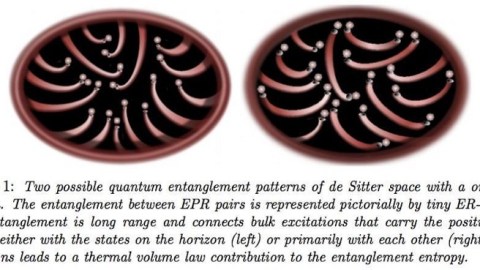
It’s a fascinating idea, but how does it fare as a scientific theory?
“Something is happening here and this is going to have an impact.”
–Robert Dijkgraaf, on Verlinde’s work
The Universe, as we know it, has a fundamental flaw staring us right in our faces, letting us know that our knowledge is incomplete. The four fundamental forces are described by two different and mutually incompatible frameworks: General Relativity for gravitation, and Quantum Field Theory for the electromagnetic and nuclear forces. Einstein’s theory on its own is just fine, describing how matter-and-energy relate to the curvature of space-and-time. Quantum field theories on their own are fine as well, describing how particles interact and experience forces. But where gravitational fields are strongest, and on the smallest of scales, we have no way of describing nature. The physics of our greatest theories breaks down.
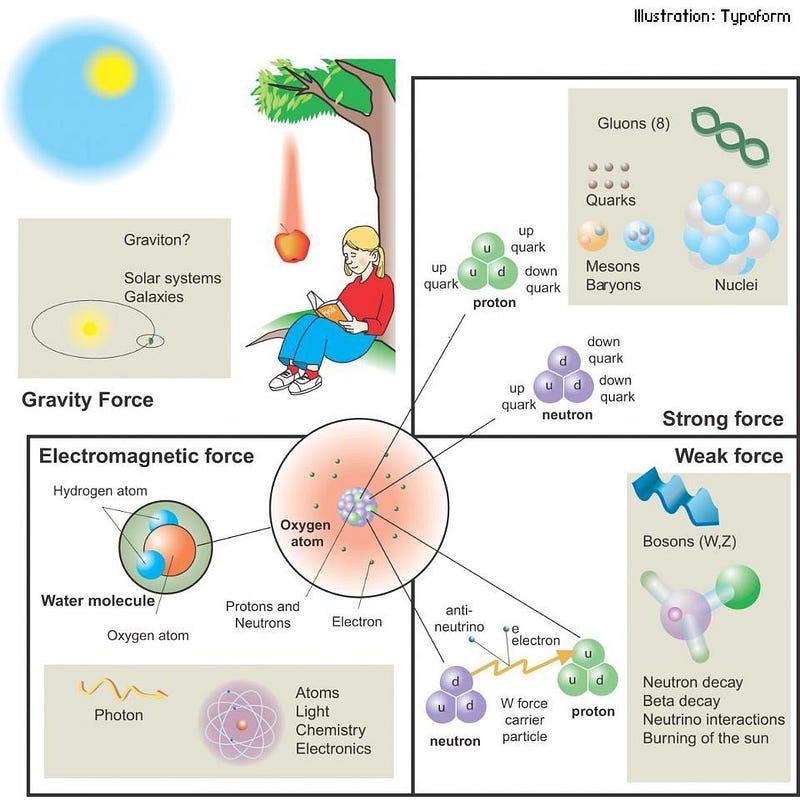
Under conventional circumstances, quantum field theory calculations are done in flat space, where spacetime isn’t curved. We can do them in the curved space described by Einstein’s theory of gravity as well, although the calculations are far more difficult. This semi-classical approach gets us far, but it doesn’t get us everywhere. In particular, there are a few strong-field situations where we simply cannot obtain sensible answers using our current theories:
- What happens to the gravitational field of an electron when it passes through a double slit?
- What happens to the information of the particles that form a black hole, if the black hole’s eventual state is thermal radiation?
- And what is the behavior of a gravitational field/force at and around a singularity?
These questions all go unanswered without a quantum theory of gravity.
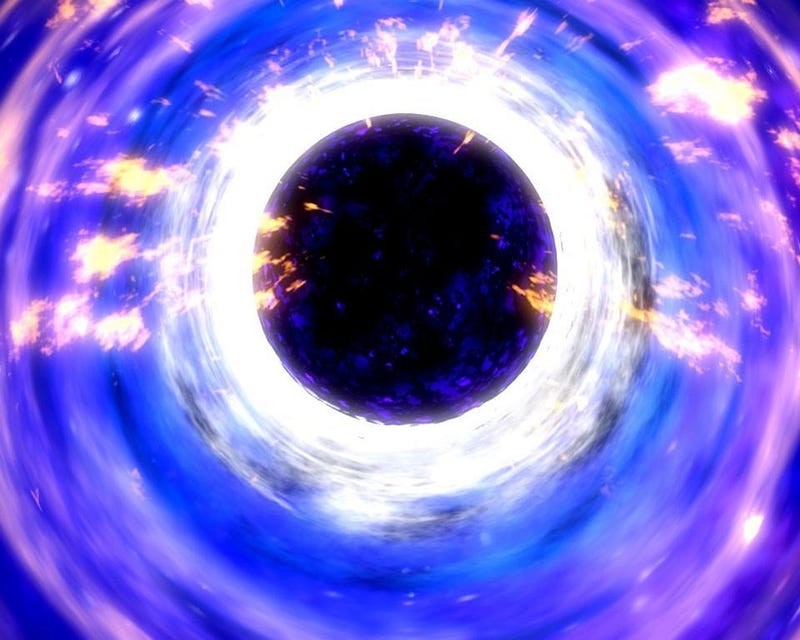
The assumption we normally make is that there is a quantum theory of gravity, and we just haven’t found it yet. Perhaps it’s string theory; perhaps it’s an alternative approach like loop quantum gravity, causal dynamical triangulations, or asymptotic safety. But since 2009, a new, exciting, and assumption-challenging approach has taken the scene by storm: the idea that gravity itself isn’t a real, fundamental force, but an illusory, emergent one. Pioneered by Erik Verlinde, the idea is that gravity emerges from a more fundamental phenomenon in the Universe, and that phenomenon is entropy.
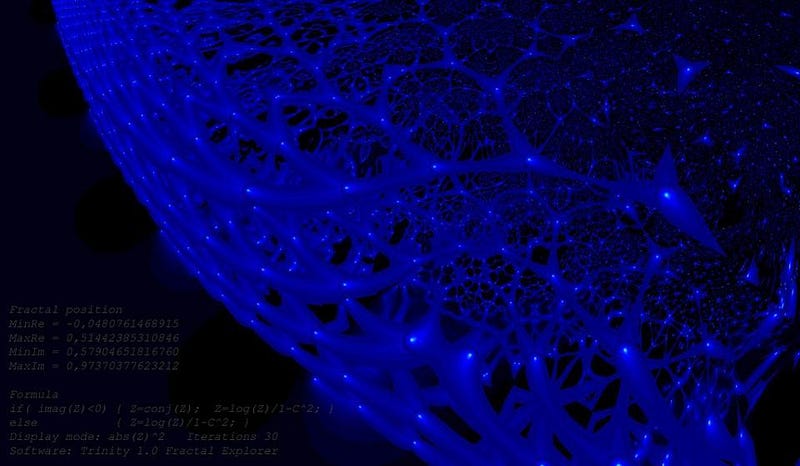
Sound waves emerge from molecular interactions; atoms emerge from quarks, gluons and electrons and the strong and electromagnetic interactions; planetary systems emerge from gravitation in General Relativity. But in the idea of entropic gravity — as well as some other scenarios (like qbits) — gravitation or even space and time themselves might emerge from other entities in a similar fashion. There are well-known, close relationships between the equations that govern thermodynamics and the ones that govern gravitation. It’s known that the laws of thermodynamics emerge from the more fundamental field of statistical mechanics, but is there something out there more fundamental from which gravity emerges? That’s the idea of entropic gravity.
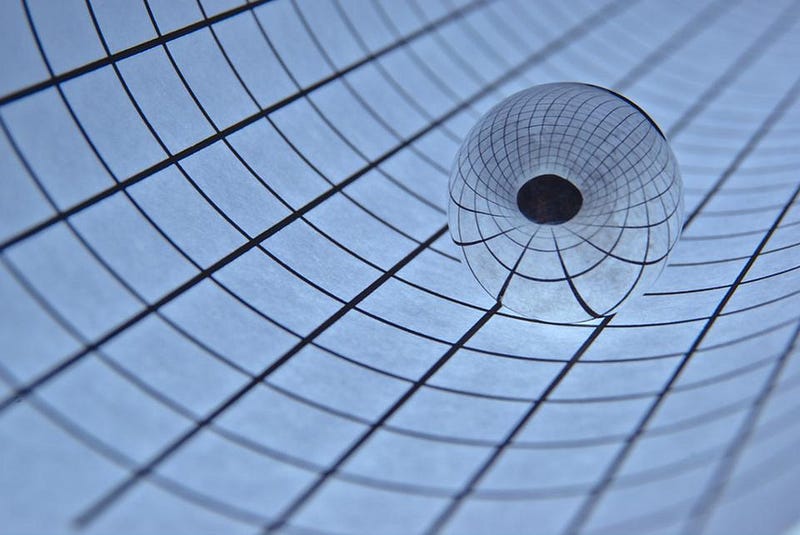
Verlinde has been the major proponent working on this idea, with a few interesting avenues of progress. Verlinde’s approach is to start from the entropy and Hawking temperature of a black hole, and then, using ideas from String Theory, to show there’s a relationship between quantum information theory and the emergence of gravity, space, and time. But there are also some large open questions (or problems) with no satisfactory answers. Based on the work presented in his most recent paper, here are three:
- His model allows gravitational mass to emerge, but there is no mention of inertial mass, or why those two are the same. (This is Einstein’s equivalence principle.)
- Many of the intricate assumptions that Verlinde makes can only get the numbers to work out for our Universe if they apply the Hubble expansion rate as it is today, despite the fact that the Universe’s expansion rate has changed dramatically over its history.
- The model assumes that dark energy was always the dominant form of energy in the Universe in order to make this framework valid, but the truth is that for billions of years, dark energy was negligible.
But the basic idea, that fundamental quantum bits (or qbits) possess temperature and information, and that everything else about gravitation, including perhaps even space and time, can be derived from that, is too big to ignore. This evening, thanks to the Perimeter Institute, Verlinde gets the opportunity and the venue to share this idea with the world.
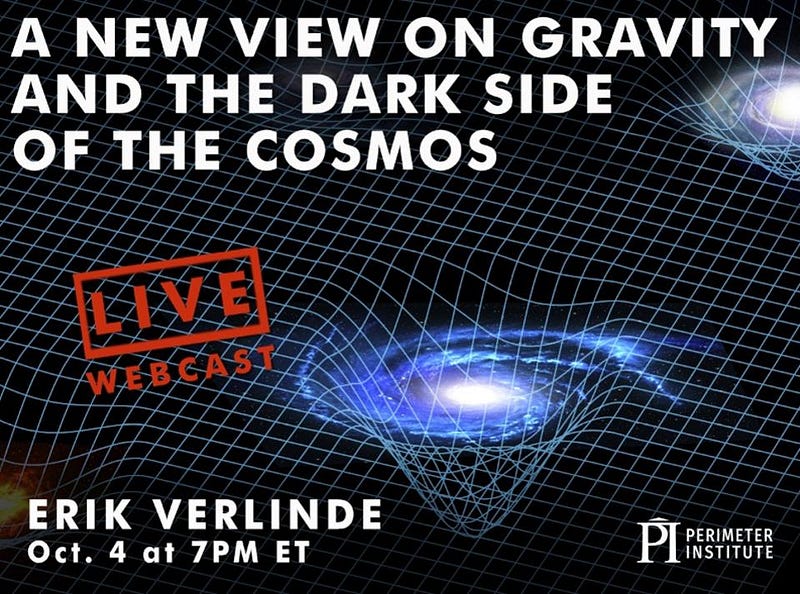
It’s often said that the answer’s always in the last place you look, and perhaps if Verlinde’s ideas are correct, this is the place where we’ll find it. Erik Verlinde is delivering the Perimeter Institute public lecture at 7 PM Eastern/4 PM Pacific Time tonight, and you can watch it right here, and catch a live-blog of his talk below, either in real-time or at any point thereafter. What will he have to say? And will he address his theory’s current shortcomings? Let’s find out together!
3:54 PM (All times Pacific): Welcome to the Live Blog of Erik Verlinde’s talk! For those of you curious about why emergent gravity is such a radical idea, it presents the possibility of explaining the most mysterious force, gravity, in terms of something that is simple and well-defined: the entropy of tiny black holes. If our Universe is truly made of something more fundamental than the particles of the Standard Model, this may be the key breakthrough that leads us to the next frontier!
3:58 PM: It may also be completely wrong. In fact a lot of people, especially dark matter proponents (like, but not including, me), are very skeptical of Verlinde’s idea, even going to the point to advocate that Perimeter shouldn’t be giving his ideas a platform. I strongly disagree with that. A new idea that’s full of possibilities, even if it turns out to be wrong and not descriptive of our physical Universe, can be a fascinating line of inquiry to investigate. New mathematics, new innovations, and new perspectives can often lead to a new way of viewing the Universe, even if the way we’re initially investigating is fruitless. You never know what you’re going to find unless you look. It may be a purely blind alley we’re going down, but we won’t know unless we tread down that road!
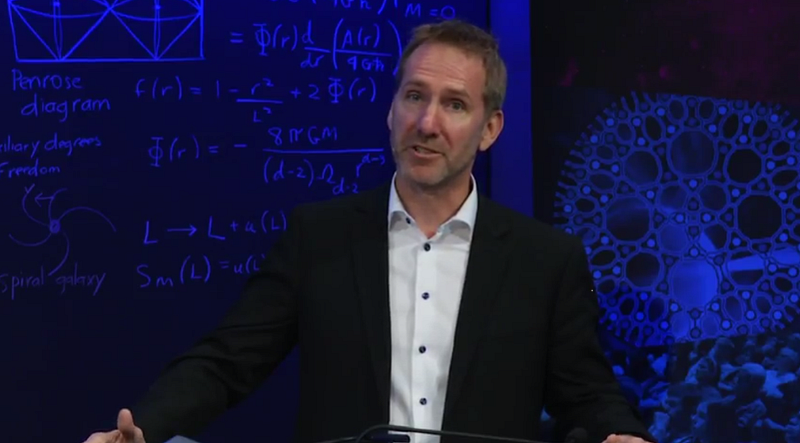
4:00 PM: And here we go! Welcome from Greg Dick, the director of outreach at Perimeter, with an hour lecture (by Verlinde) and then a ~15 minute Q&A. Let’s see what we’re in for; if you want to ask a question, use the hashtag #piLIVE on Twitter, which I’ll be following, too.
4:03 PM: If you’re wondering, it’s pronounced “ver-LIND,” not “ver-LIN-de.” I didn’t know that until just now.
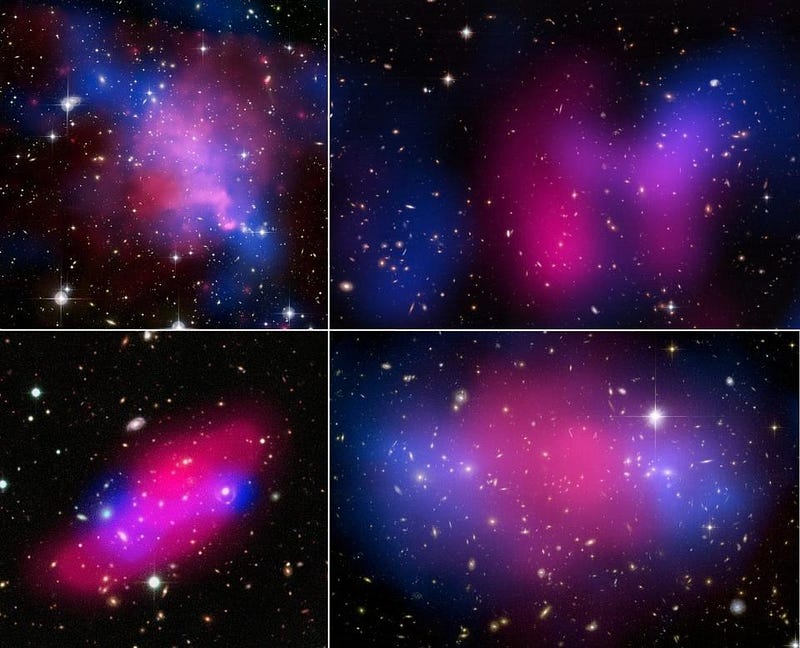
4:05 PM: One of the most controversial aspects of Verlinde’s theory is that it attempts to explain away dark matter and dark energy, which appear to be absolutely necessary from a variety of astrophysics observations. Will Verlinde’s theory eventually provide an explanation for these observations? We can hope, but I hope he’s honest that his theory is not quite there yet.
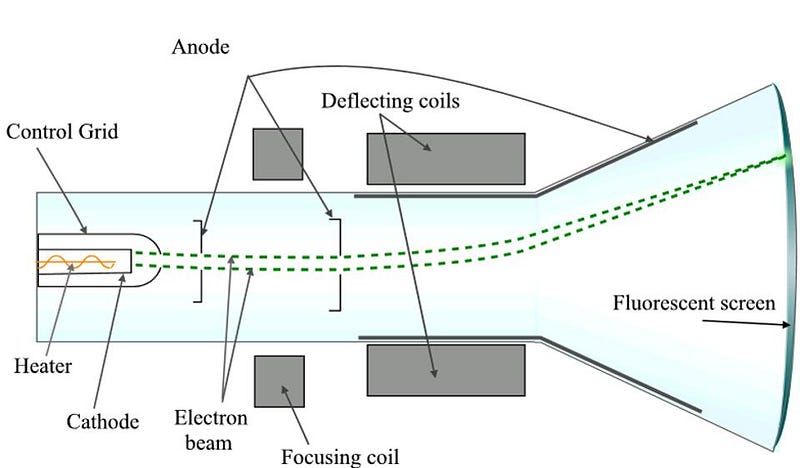
4:07 PM: Verlinde talks about particle accelerators as being key to 20th century physics, noting that the television is even a particle accelerator. This was true for the old-style Cathode-Ray-Tube televisions, which accelerated electrons onto a screen, causing the emission of photons that create a picture. But we now use LED-style technology; we have moved beyond CRTs and particle accelerators. It’s possible that we’ll need to go to quantum bits (qbits) of information, beyond individual particles as we understand them, to understand gravity.
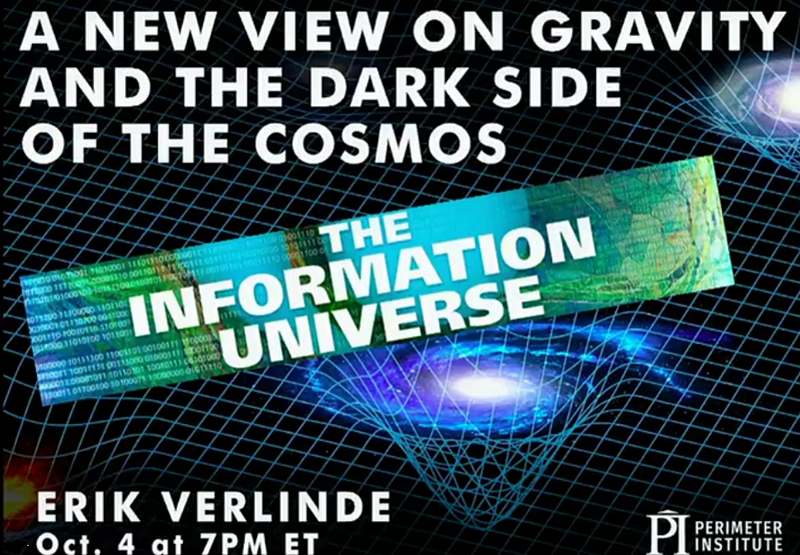
4:10 PM: Could replacing particles or other fundamental points with a new point-of-view, could we get new answers? This is dangerous ground here, because it straddles the border of what’s actually physics (i.e., rooted in reality), and pure speculation, where there are no observed phenomena or experiments you can perform to tell them apart. Curious to see where this leads.
4:13 PM: It’s true that macroscopic quantities, like temperature and pressure, are made up of a more fundamental set of quantities: the individual particles that make up, for example, a gas. As they move, interact, and collide, they create these macroscopic properties. Entropy, for instance, is one such derivable quantity from the microscopic properties of a system. But is it possible that what we conceive of as fundamental, like particles, gravity, or even space and time, is actually made of something else? Even entropy, at a fundamental level? Be open-minded, but also be skeptical.
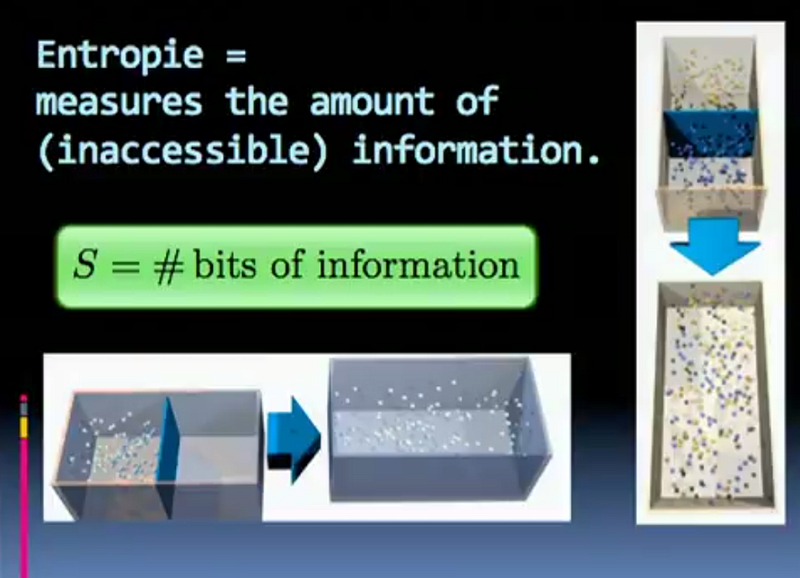
4:15 PM: At least we’re starting off, from Verlinde, with a solid definition of entropy: the total number of bits of information in a system. This is, in fact, going to need to be promoted to qbits (quantum bits) to explain our quantum Universe, but that’s okay.
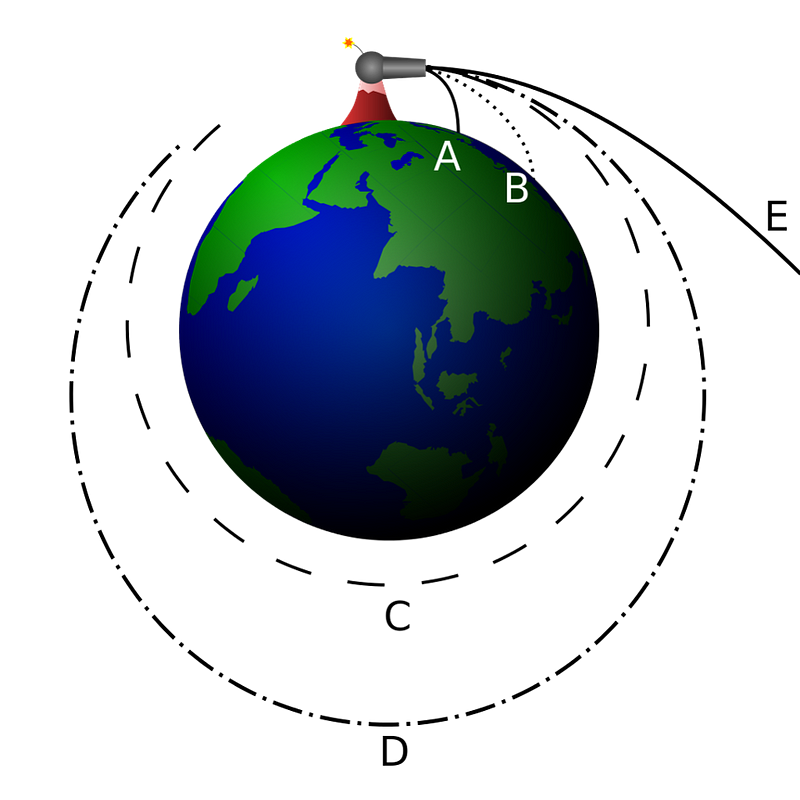
4:18 PM: He wants you to think about gravity, in Newtonian terms, that gravity, going around the Earth, and “falling” are actually all the same thing. This is where you get a Newtonian force law from, and this was one of the great theoretical advancements in human history. For over 200 years, more than twice as long as we had General Relativity, Newtonian gravity was the unquestioned champion of the Universe. Don’t underestimate it’s impact and importance!
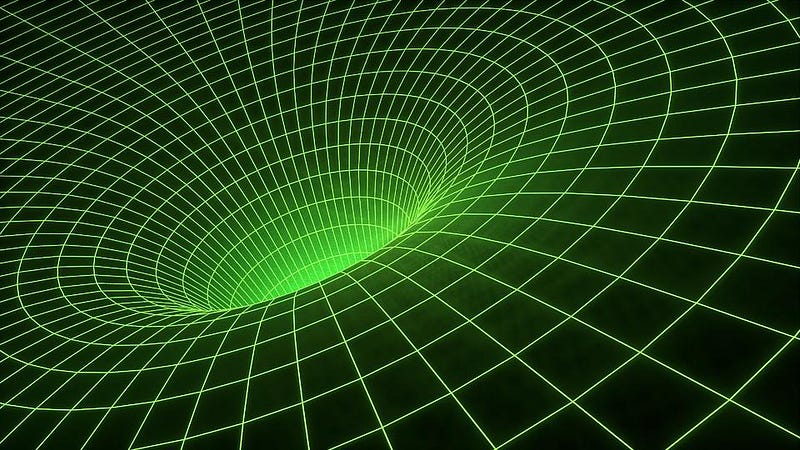
4:20 PM: Verlinde is now outlining the difference between “dark matter” (i.e., a new, unseen source of mass) and “modified gravity” (i.e., a new theory of gravity). Einstein replaced Newton with spacetime curvature determining the motion of matter and energy, with matter and energy determining in turn the spacetime curvature. The analogy is clear: Verlinde wants to modify how we think about gravity rather than add dark matter. This is a tall order; there are many, many things that work out very well if you add dark matter and fail if you don’t.
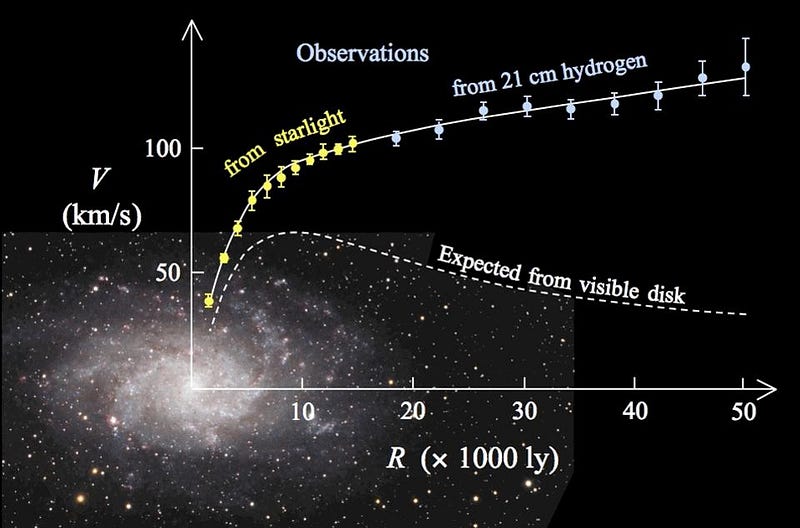
4:24 PM: What fails in modified gravity?
- Large-scale structure formation,
- the fluctuations in the cosmic microwave background,
- the motions of individual galaxies within galaxy clusters,
- the amount and shape of gravitational lensing,
- the gravitational effects of merging galaxy clusters,
- the Sachs-Wolfe and Integrated Sachs-Wolfe effect,
- and the varied ratio of dark matter to normal matter (as inferred from motions of individual stars) on galaxies of different scales/sizes.
It’s a tall order for a modified theory of gravity to explain their bread-and-butter, galactic rotation, and simultaneously hit all of these.

4:26 PM: There’s a really good question on Twitter that Perimeter isn’t answering: would the discovery of dark matter invalidate Verlinde’s theory (or any modified gravity theory). It would render it totally unnecessary, to be honest. We have lots of evidence for dark matter, and the only place where modified gravity is superior is on individual galactic scales.

4:29 PM: Ladies and gentlemen, we have SILLY PUTTY! Verlinde is talking about elasticity, which is a derived (emergent) property of the interactions of all the particles. Verlinde’s contention is that just as the silly putty flows, perhaps gravity, or dark matter, is a derived and emergent property of a more fundamental, underlying theory. Yes, Einstein is right, but perhaps something else is more right, which is to say, fundamental and from which Einstein’s equations can be derived.
4:31 PM: Whoa, buddy! Don’t be unfair to dark matter! Just because we haven’t built an experiment that’s successfully directly detected it in the lab is not evidence that dark matter doesn’t exist! It means that the detectors we’ve been able to build and the scales we’ve been able to probe, mostly looking for WIMP-type dark matter, haven’t been successful. But absence of evidence is not evidence of absence. To argue otherwise is pure silliness.
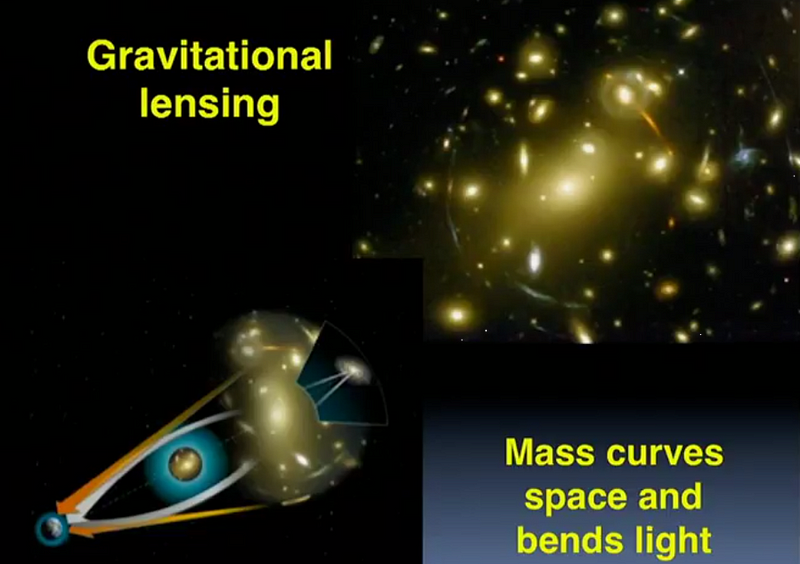
4:33 PM: And yes, gravitational lensing shows the need for dark matter. It’s simply a question of mass, and lensing (for both strong and weak lensing) is a strong indirect verification of dark matter. Again, no modified gravity theory, including Verlinde’s, can explain all of these large-scale observations.
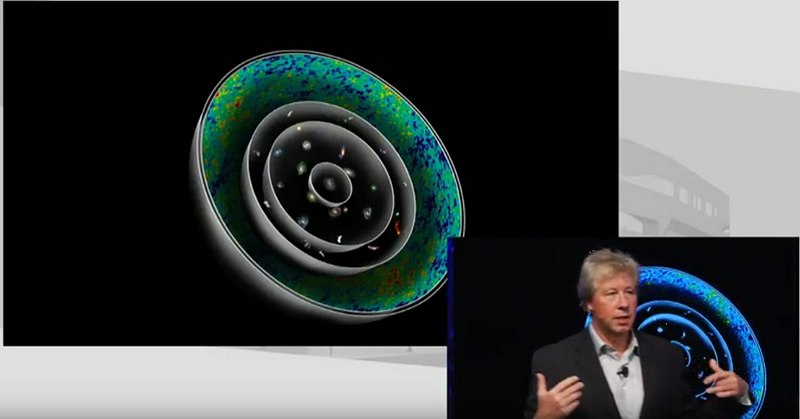
4:35 PM: Did you catch this beautiful graphic? Yes, this is a fabulous illustration of the Universe as seen from our perspective, in terms of lookback time. Early galaxies, the dark ages, and the CMB are all visible. Neat!
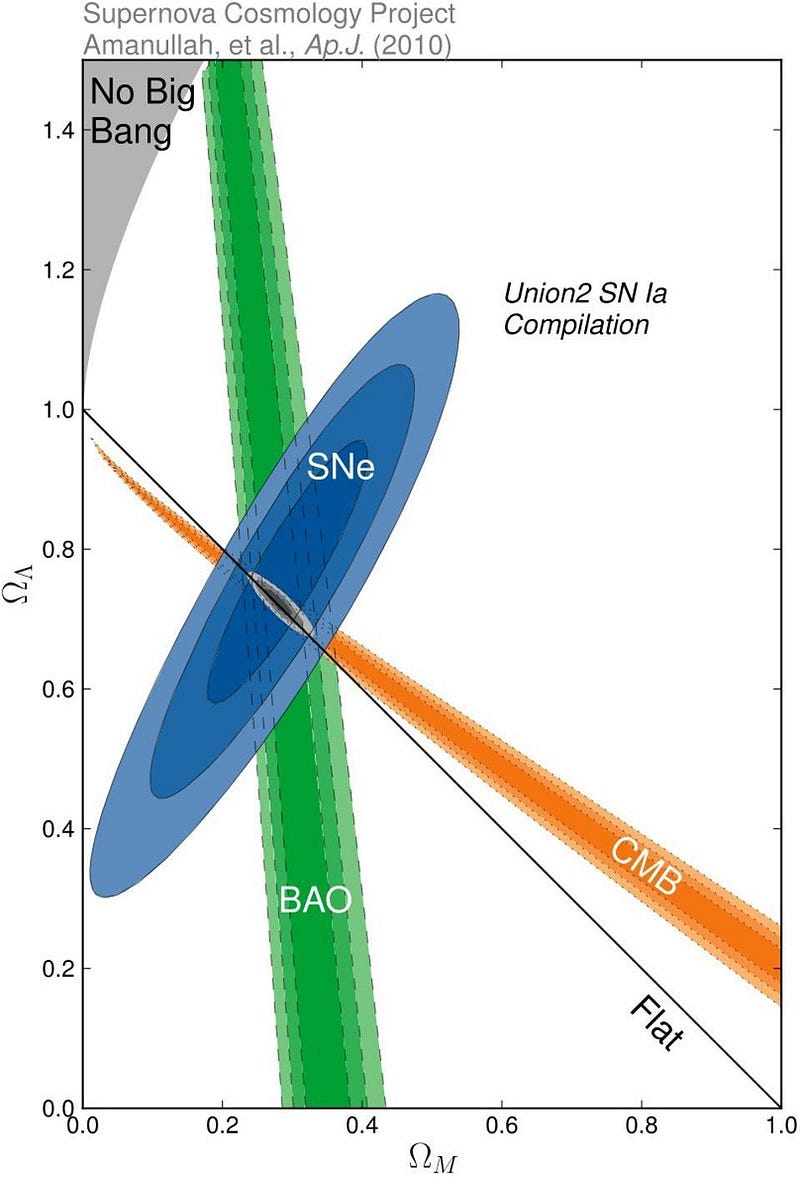
4:37 PM: But again, to look at “95% of the energy in the Universe is something that we don’t know what it is,” in other words, dark matter and dark energy, does not mean that there’s anything wrong with our picture of the Universe. We have people who don’t accept relativity; don’t accept quantum mechanics; don’t accept field theories or the existence of black holes, etc. Why should your intuition, or what makes sense to your puny mind in the context of your limited experience, be a mirror of reality? That is quite a bit of arrogance that we need to guard ourselves against, not embrace to convince ourselves that our intuition is right.
4:42 PM: On a side note, this video of falling into a black hole is really cool. Andrew Hamilton at Colorado is the mastermind behind this, and the simulation is available on Vimeo to view any time. I’ve embedded it above; enjoy and watch it as many times as you like!
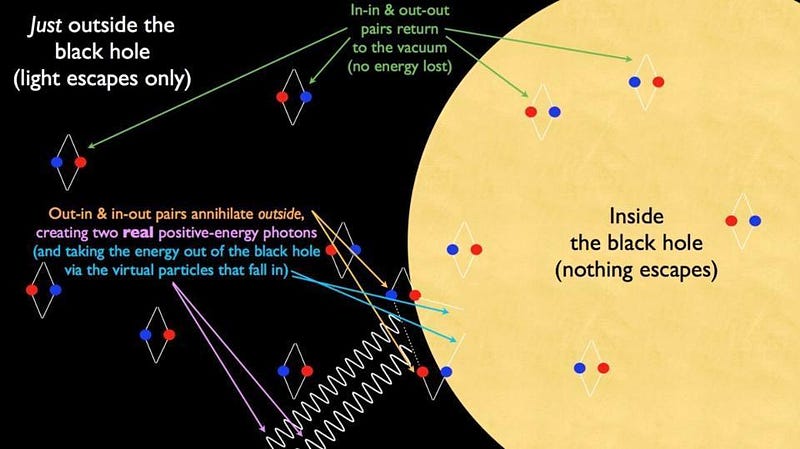
4:45 PM: The Bekenstein-Hawking radiation is brought up, in an almost correct fashion. He’s talking about it in terms of quantum mechanics, which is too naive. It’s not “particle-antiparticle pairs” where one of them comes out; it’s mostly photons, and blackbody radiation, that comes out of it, not particles or antiparticles. It requires quantum field theory to describe, and even the improved illustration I made above doesn’t fully encapsulate it. But what is correct is that the area of a black hole (related to its mass) is proportional to its entropy.
4:47 PM: Verlinde says it’s the first crack in Einstein’s theory, but I don’t think that’s fair. Entropy is something that can be derived on top of the background of General Relativity, but it doesn’t imply any problems with Einstein’s theory. In fact, from what Verlinde is arguing, I’d say he thinks dark matter is the first crack in the theory. On that account, I disagree, but at least I see where he’s coming from.
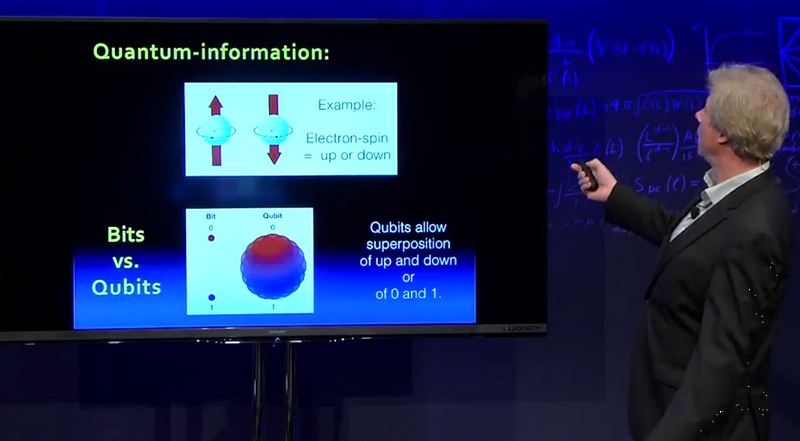
4:49 PM: If you replace bits with qbits in a computer, you don’t just have 0s and 1s, you have superpositions, and therefore everything in between. In fact, you can entangle many qbits with one another, which is why quantum computers offer a much more powerful possibility to conventional, “classical” computers.
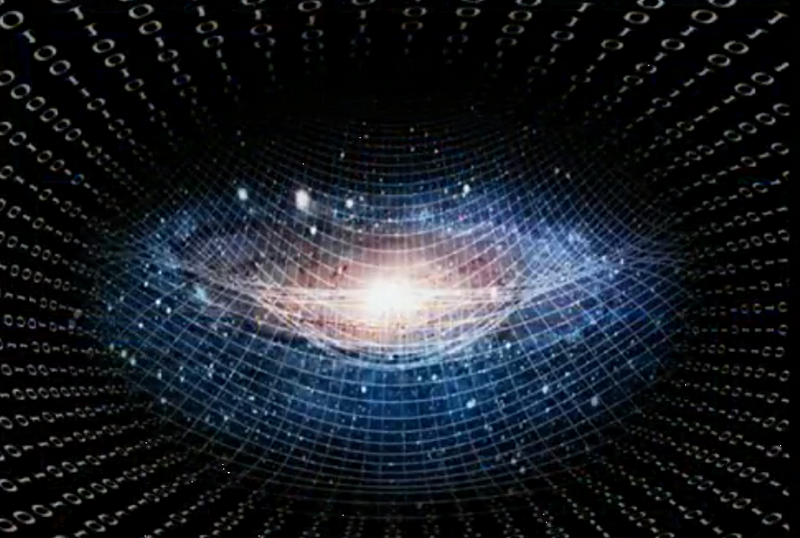
4:50 PM: Just FYI, this was the picture I was curious about at the beginning of the talk. It seems to insinuate that entangled quantum particles, or quantum information, is what gives rise to dark matter. The amount of entanglement has increased over time, as the Universe has expanded. So what does this mean for the dark matter density (or how it appears to manifest) over time? I don’t have an answer, but I know Verlinde’s theory has it change… which I’m unhappy about. But at least now we’re finally getting the connection between entanglement and dark matter.
4:53 PM: Verlinde asks the big question: does quantum entanglement/emergent gravity explain the deviations from Newton’s laws in galactic rotation? It’s the easiest problem for modified gravity, but the answer so far is, “only at one instant in time.” It doesn’t work the same if we look to greater distances, and greater lookback times.
4:55 PM: What is the entropy of the Universe? From photons, Verlinde says it’s about 10⁹⁰ ‘bits’. From the size of the cosmological horizon, he says it should be 10¹²⁰ bits. (He’s leaving a factor of k out of there, I think.) What’s interesting is that we can actually calculate this, and black holes are the dominant factor. In fact, I’ve calculated it myself, here; go check it out!
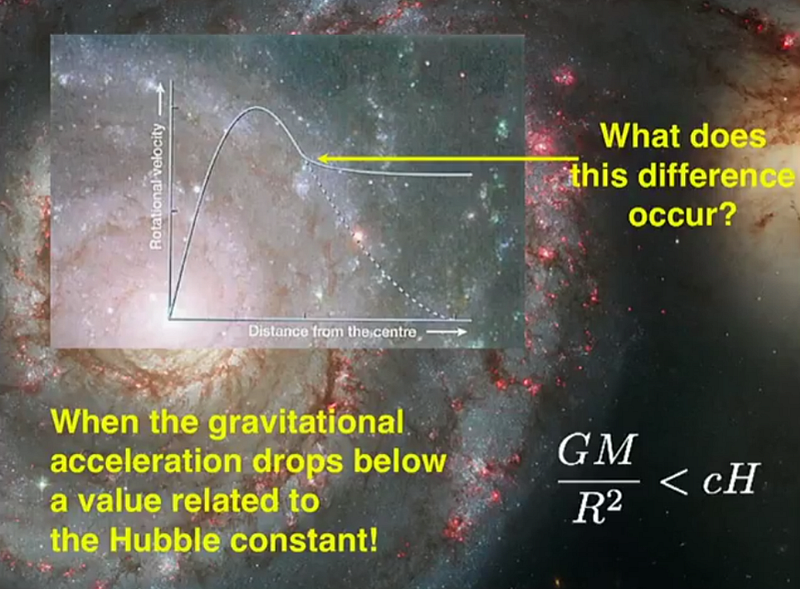
4:59 PM: This is Verlinde’s big “conclusion”? That entropy, entanglement, the Hubble constant, etc., are all related and explain the galactic rotation problem? This is… very, very suspect. Particularly because the Hubble “constant” is a constant in space, but changes over time. So how does galactic rotation evolve with time/redshift? No answer from Verlinde, because the other constants in his equations do notchange.
5:01 PM: I have to say I’m disappointed; there was really very little quantitative information presented. There’s nothing he presented that you can use, say, a fact to challenge his idea. And that’s tremendously disappointing. That’s the definition of “kid gloves” to me. Someone challenge this, please!
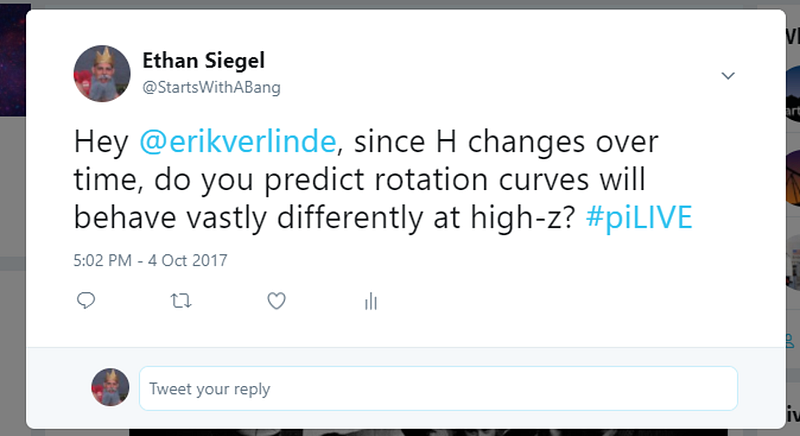
5:02 PM: Alright, I asked it. Let’s see if we get an answer!
5:05 PM: I have to say, this is the first time I’m lessexcited about an idea after seeing a talk than I was before seeing the talk. The ideas Verlinde presented in his paper were shown as being under development, as being aware of the problems with them, as being finely-tuned to match the parameters that describe our Universe. This talk was light on the details, and heavy on the advertising. Too bad.
5:06 PM: Hey! Here’s an admission that if they do discover “too much” dark matter, his ideas are wrong. And everything else is his intuition.
5:09 PM: Too bad; no addressing of the quantitative aspects of his idea. It was interesting to listen and I’m glad I’ve heard it, but I’m more convinced that this is a cherry-picked solution he claims to have come up with, and that the details, particularly as the Universe evolves, won’t turn out to be consistent. I’m also convinced that the physicist who shows this won’t be Erik Verlinde.
In any case, I hope you enjoyed the talk, and thanks for tuning in to the live blog!
Ethan Siegel is the author of Beyond the Galaxy and Treknology. You can pre-order his third book, currently in development: the Encyclopaedia Cosmologica.




